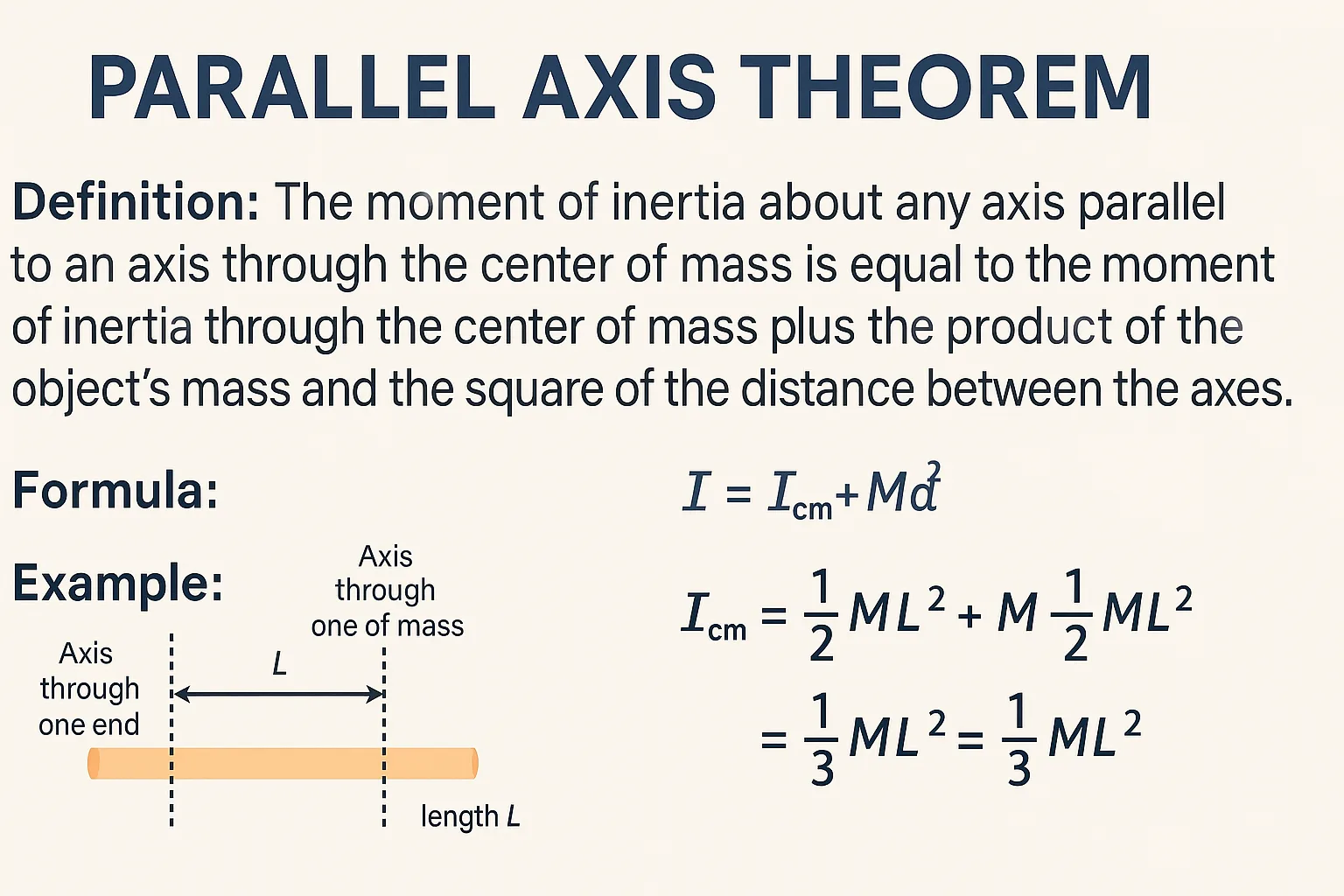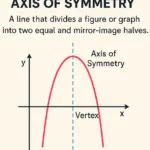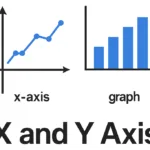Mexico: Overview
Mexico (officially the United Mexican States) is a country in North America known for its rich cultural heritage, ancient civilizations, diverse landscapes, and vibrant traditions. It is one of the most populous and culturally influential countries in Latin America.
Key Facts
- Capital: Mexico City (Ciudad de México)
- Official Language: Spanish
- Population: Approximately 130 million (2023 estimate)
- Area: 1,964,375 square kilometers (758,449 square miles)
- Currency: Mexican Peso (MXN)
- Government: Federal presidential constitutional republic
- President: Andrés Manuel López Obrador (as of 2025)
Geography
- Location:
- Borders the United States to the north and Guatemala and Belize to the south.
- Surrounded by the Pacific Ocean to the west and the Gulf of Mexico and the Caribbean Sea to the east.
- Landscape:
- Diverse geography, including deserts (Chihuahuan Desert), jungles (Yucatán Peninsula), mountains (Sierra Madre ranges), and beaches (Cancún, Acapulco).
- Regions:
- Divided into 32 federal entities, including 31 states and Mexico City as a separate entity.
History
- Pre-Columbian Era:
- Home to advanced civilizations like the Aztecs, Mayans, Olmecs, and Zapotecs.
- Known for achievements in astronomy, architecture (pyramids of Teotihuacán and Chichen Itza), and agriculture.
- Spanish Colonization:
- Conquered by Spain in the early 16th century, leading to 300 years of colonial rule.
- Mix of Indigenous and European cultures gave rise to Mexico’s unique identity.
- Independence:
- Achieved independence from Spain in 1821 after an 11-year struggle.
- Modern Era:
- The Mexican Revolution (1910–1920) transformed the country politically and socially.
- Today, Mexico is a major regional power in Latin America.
Culture
- Art and Literature:
- Renowned artists like Frida Kahlo and Diego Rivera.
- Literature from Octavio Paz, Carlos Fuentes, and others has gained global acclaim.
- Music and Dance:
- Known for mariachi, ranchera, and regional Mexican music.
- Traditional dances include the Jarabe Tapatío (Mexican Hat Dance).
- Cuisine:
- Mexican cuisine, a UNESCO cultural heritage, features tacos, tamales, enchiladas, mole, and guacamole.
- Staples include corn, beans, chili peppers, and chocolate (originally from Mexico).
- Festivals:
- Day of the Dead (Día de los Muertos) is a unique celebration of life and death.
- Other notable events include Cinco de Mayo, Guelaguetza, and Las Posadas.
Economy
- Key Sectors: Manufacturing (especially automobiles), agriculture, petroleum, tourism, and remittances.
- Tourism: Mexico is a global tourist hotspot, with attractions ranging from ancient ruins to pristine beaches.
Famous Attractions
- Chichen Itza (Mayan pyramid in Yucatán)
- Teotihuacán (Pyramids of the Sun and Moon near Mexico City)
- Cancún and Riviera Maya (white sand beaches and resorts)
- Copper Canyon (a vast canyon system in Chihuahua)
- Mexico City: Home to historic landmarks, museums, and vibrant neighborhoods like Coyoacán.
Mexico is a fascinating country where ancient traditions blend with modernity, offering an extraordinary mix of culture, history, and natural beauty.
Additional Insights

Parallel Axis Theorem – Definition, Formula, Derivation & Applications

Axis of Symmetry: Definition, Equation, and Real-Life Applications

X and Y Axis: Definitions, Graphs and Examples
Coconut Spanish Translation

Cashew Spanish Translation
Axis Definition and Meaning

Walnut in Spanish Translation

Almond in Spanish – Translation and Meaning
